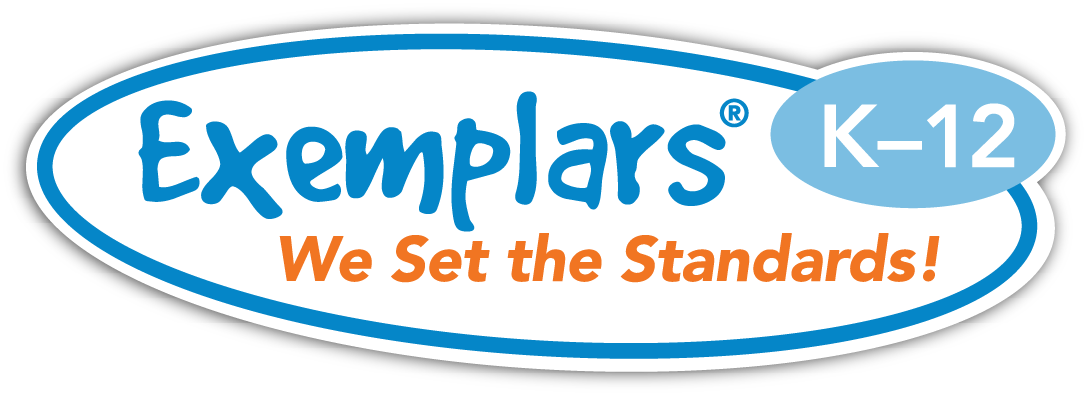Incorporating Exemplars into our discussions invites my students to articulate their thoughts and critique mathematical reasoning. Instead of passively observing, my students analyze the thinking: Why does this solution work? Could it be improved? What other strategies might yield the same result? These questions empower my students to take ownership of their learning. When their voices drive the conversation, my students become active participants in constructing knowledge.
Using Exemplars in a Thinking Classroom
Amplifying Student Voice and Energizing Mathematical Discussions
Written By Gabriella Galassini, Mathematics Teacher, 5th Grade, IL

In my vibrant and effective 5th-grade thinking classroom, Exemplars acts as a bridge between abstract concepts and student understanding. These carefully chosen mathematical tasks spark student curiosity, foster critical thinking, and promote rich mathematical discussions. When I integrate these tasks into a learning environment that values student voice and collaboration, Exemplars becomes a powerful tool for building a culture of shared learning.
The Role of Exemplars
Exemplars tasks, both Formative and Summative, serve as models that showcase high-quality work or highlight specific mathematical ideas. In my thinking classroom, these tasks guide students without prescribing rigid pathways. For instance, when I present a solved problem with an innovative approach or when groups present their own work, it often inspires my students to explore alternative methods and different representations. The Exemplars Rubric also sets a standard – giving students a clear vision of what successful reasoning and communication look like in mathematics.
Encouraging Student Voice
"Instead of passively observing, my students analyze the thinking: Why does this solution work? Could it be improved?"
The Noisy, Engaged Classroom
My thinking classroom is often a noisy classroom with a lot of movement as students are positioned around the room standing at vertical whiteboards. As a second-year teacher, it made me question my classroom management skills. However, as I maneuver throughout the room observing, it is the kind of noise that signals deep engagement. Groups of students brainstorming ideas, debating solutions, and challenging each other's reasoning create an energetic hum. Exemplars instructional tasks serve as focal points in these discussions – provoking questions and fueling collaboration. I have seen groups analyze another group’s approach, then adapt or refine it to suit their own problem-solving process.
"Groups of students brainstorming ideas, debating solutions and challenging each other's reasoning create an energetic hum."
Facilitating Math Discussions
Exemplars tasks also act as catalysts for meaningful math discussions. A well-chosen task can uncover misconceptions or reveal diverse problem-solving pathways. I like to pose open-ended prompts, such as, “What do you notice about this solution?” or “How does this compare to your approach?” These questions encourage my students to think critically and listen actively. As ideas flow, my students build on each other’s insights, weaving a collective understanding of the mathematical concept.
Building a Collaborative Culture
Using Exemplars aligns with my broader goals of a thinking classroom: fostering a sense of community and shared purpose. When students see their ideas reflected in the classroom dialogue, they feel valued and motivated to contribute. This dynamic not only strengthens individual understanding but also builds a classroom culture where every voice matters.
For my students, Exemplars instructional tasks are more than teaching tools; they are conversation starters, idea generators, and community builders. By integrating these tasks into my thinking classroom, my classes and I are able to cultivate a noisy, collaborative environment that amplifies student voice and energizes discussions, ultimately allowing mathematical thinking to thrive.
Note: Exemplars users share their experiences using a portion of the Building Thinking Classrooms' framework. For a more comprehensive understanding of the framework, visit the official Building Thinking Classrooms website.

